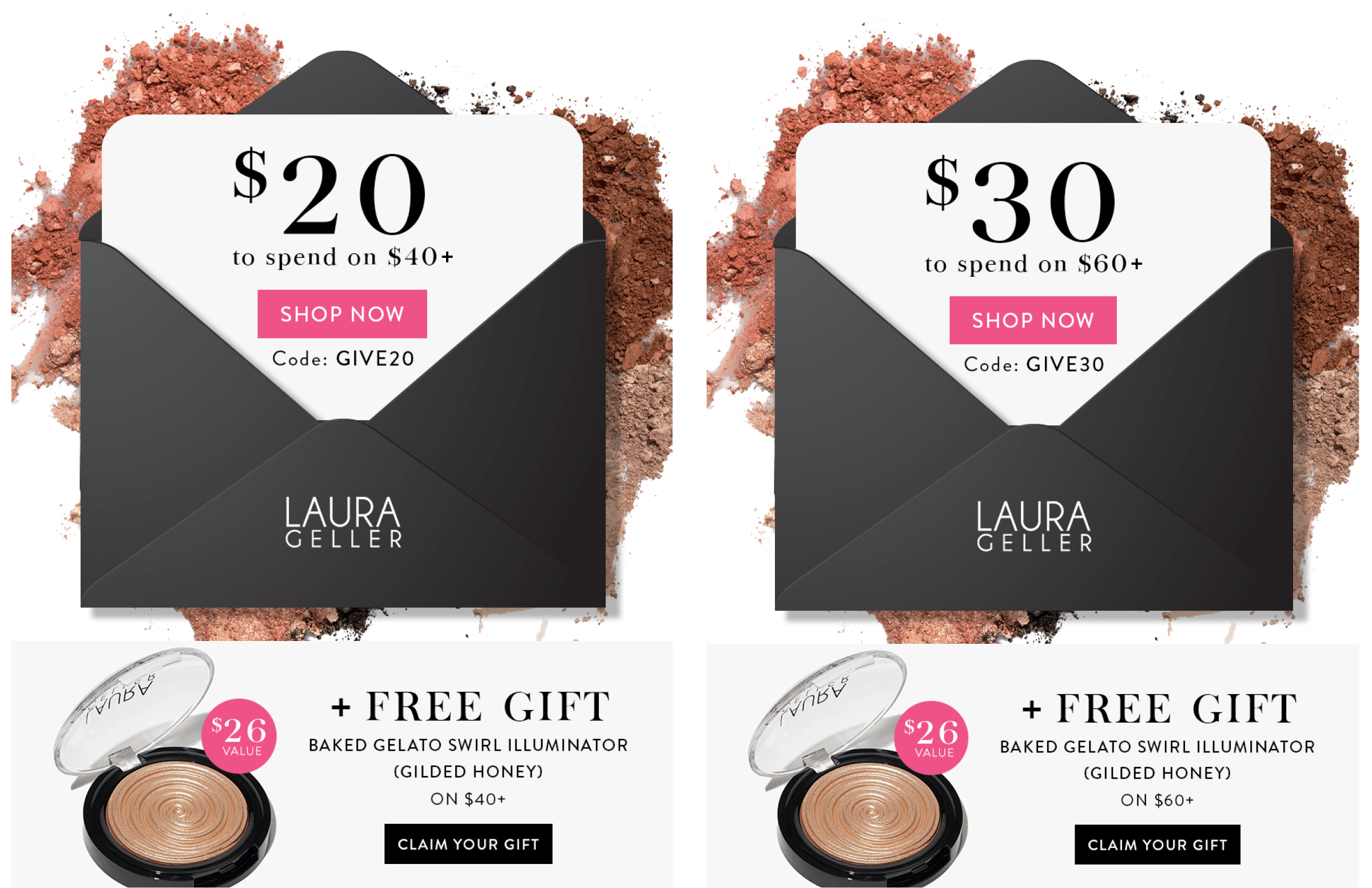By Joseph Orminski with Allan Levy
Consumers like to feel smart. Any sense of achievement when shopping is a feather in their cap. The science of the sale is simple – it hypes consumer emotions. When people have emotional reactions, it’s something they want to talk about it. In retail, when they talk about it, it generates a buzz. It’s a simple process: Show value to your customers. They’ll engage and feel accomplished. They’ll tell their friends how well they did, and those friends desire the same achievement. It’s free marketing when done properly and has benefited retailers for decades. So why did JCPenney, a household name in the retail space, felt it necessary to stray from a path that was working so well? Let’s explore how a strategic pricing misstep made nearly six years ago still haunts the massive department store chain to this day. Don’t underestimate the power of discounting.
In the fall of 2011, Ron Johnson was appointed CEO of JCPenney, with hopes that he could breathe new life into one of America’s oldest retailers. After just seventeen months — and several nearly irrecuperable mistakes — he was out. What happened? Everyday low prices happened. We’ll talk about coupons next.
It’s important to break Johnson’s pricing strategy all the way down in order to pinpoint exactly where things took a turn. And it started with the prices. Johnson had a vision to reinvent JCPenney in the vein of the Apple Store. If anybody was suited for the job, it was Johnson, who had been credited for shaping Target’s image and turning the Apple Store into a success. Johnson thought he had the recipe. The issue was that he neglected the target audience. The new low prices seemed enticing, but he took away the one thing JCPenney shoppers coveted — coupons. People loved their coupons.
As Johnson removed their beloved coupons and sales and increasingly focused on making JCPenney a hip “destination” shopping experience, he quickly learned his innovations were no match for discounting. From boutique stores within the larger store and upscale advertising to updated fixtures and improved merchandise quality, no upgrade stood up to the power of perceived value JCPenney had come to know and love. Many of the chain’s oldest and most loyal customers understandably felt like they were no longer JCPenney’s target market.
Give your customers small victories
Obviously, every consumer desires that diamond in the rough – the sale that’s too good to be true. What’s more common in the shopping experience are small victories. There’s a shift that occurs when a consumer finds a worthwhile sale they can tell their friends about. It’s an experience that fuels that sense of accomplishment we’ve discussed. Look at what I did! Shopping, in physical locations or on online, is a game. And consumers look for the small victories. Whether it’d be “limited time only” sales, special offers, or coupons, consumers are accustomed to playing the game and playing to win. The thrill of the chase was what Johnson underestimated.
Johnson thought it made sense to present realistic prices from the start, as opposed to the cloak and dagger sale routine. While it makes perfectly logical sense to deliver prices at which products are essentially arriving anyway, shoppers aren’t purely logical creatures. They’re lured not by the promise of fair pricing but by thrill of the chase. They want to hunt. And they want tools — coupons, markdowns, special offers. Replacing coupons with everyday low prices removed any sense of urgency or accomplishment for consumers. No more small victories.
Condition your customers
Consumers are very smart. They learn what to expect from you. The only measure of value JCPenney customers had was original price versus discounted price. And they demanded that perceived value. During more than a century of history, JCPenney offered a high-low pricing policy, in effect training consumers to expect sales events and attracting consumers who love sales. By eliminating those sales events, JCPenney took away a reason for consumers to shop the store.
It is possible that over time a new group of consumers would become attracted to JCPenney, who were less promotionally oriented, but this can take a long time. It’s also possible that the chain could recondition consumers to become less promotional, but this process is even more difficult and, in this case, unnecessary.
Everybody is on the discount bandwagon
Traditional department stores like Saks 5th Ave, Macy’s, and Bloomingdale’s are presenting discount divisions for a reason. They realize their customers want discounts too. And it’s an adapt or die situation for many of retailers. If you don’t give them the discounts they desire, somebody else will. Off the rack locations like Macy’s Backstage and Off 5th (Saks) are popping up to curb their once loyal customers back in the doors. These major retailers realize the power of discounting and are doing what they can to prevent the bleeding.
The takeaway: Understand your audience. Understand what they expect. Give them what they expect. Always be providing value. Be consistent.
Sure, we’re talking about a department store behemoth in JCPenney. But these lessons are universal. Your marketing needs to provide valuable insight into consumer behaviors so you can better understand your audience. That’s the beauty of email marketing — transparency and insight. Understanding how, when, and why people are interacting with your brand is critical information that lends itself directly to conversations about pricing strategy. Why do consumers buy? A variety of reasons. But everybody loves value. Nobody knows your customer better than you, and providing value in a way that caters to your customers’ behaviors goes a long way.
The shopping experience is a game. And playing the game is oftentimes more exhilarating than actually winning. Markdowns, special offers, coupons, and promo codes are tools of the game, rewarding the consumer with a clear path to the value they seek. Be creative in how you present these opportunities in your emails. Real-time countdowns, limited-use promo codes, and clear calls-to-action can position you for conversions in your sales messaging.
Free shipping is another method of discounting that’s very enticing to shoppers. This is important to note as we approach the holiday season. With Black Friday and Cyber Monday on the horizon, the discounting competition is at an all time time. Consumers love free. So as you’re drafting your holiday email content and debating product decisions, consider offering free shipping as additional discounting method to increase sales.
Most importantly, be consistent. JCPenney made serious changes to their strategy, including removing reference prices, eliminating coupons, and even changing their physical locations. And it all came at a cost. Don’t make significant changes unless it’s absolutely necessary. Condition your audience’s expectations. And always think about impact over time.
Discounting is a marathon, not a sprint. Don’t shrink your font sizes in emails or reduce your discount prices prematurely and be surprised when customers lose interest. Be bold and keep moving forward with your pricing strategy. And remember: the Macy’s, Bloomingdale’s, and J. Crews of the retail world are marking their territory in your customers’ inboxes with 40% off discounts everyday.
When it comes to your email marketing strategy, remember the small victories. That’s what consumers are looking for — a sense of accomplishment. It’s not always what you’re saying. It’s how you’re saying you sent. Be conscious and deliberate in your messaging, and don’t overthink your emails. You customers sift through 100s of emails a day. Be bold. Be seen. Be heard. And never forget the ABDs of perceived value: Always Be Discounting.





